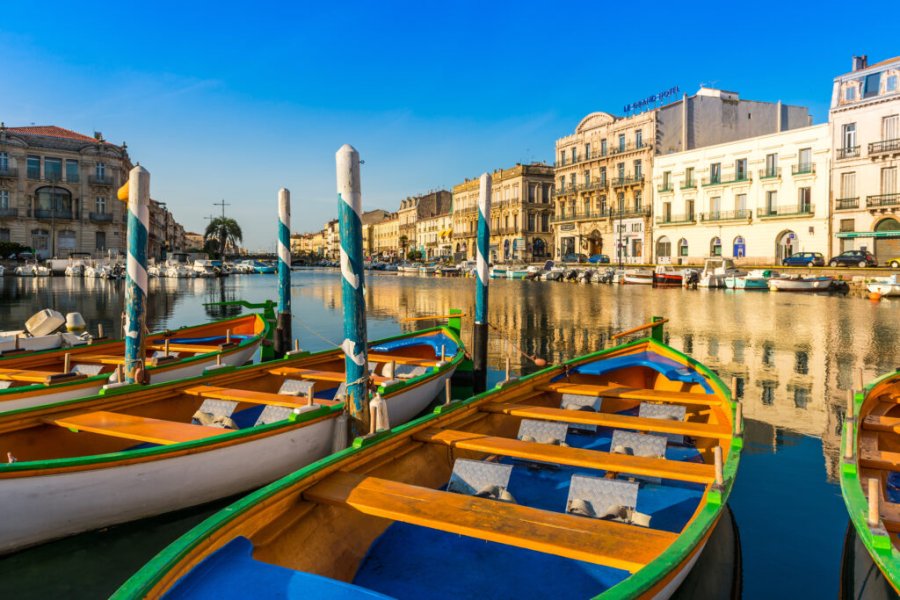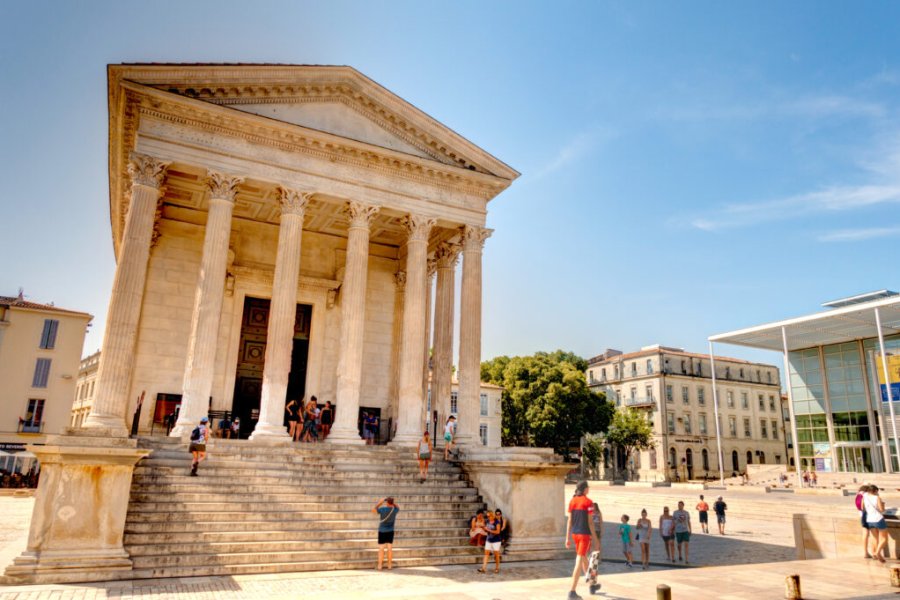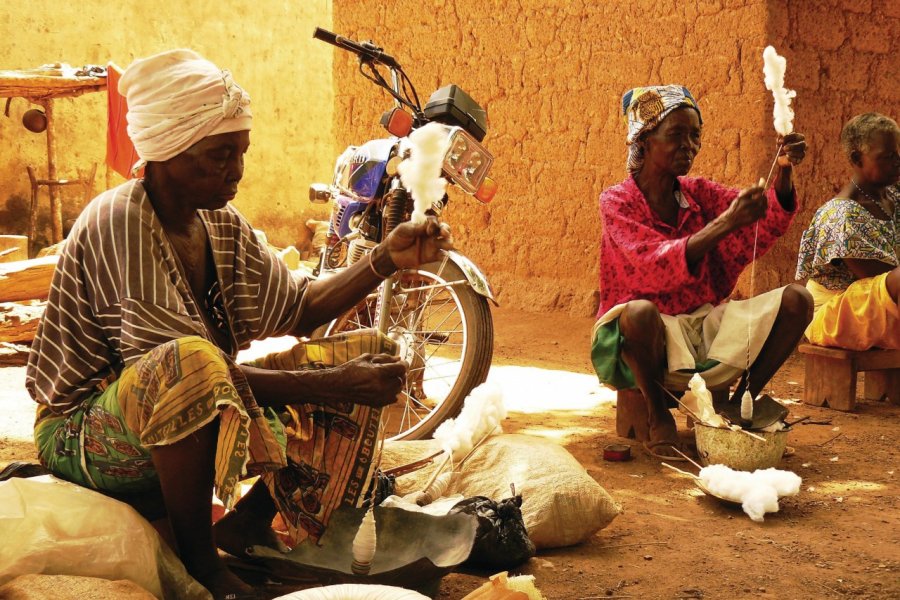Travel Guide Fakaha
Find an accommodation
Advertising
Located 35 kilometers on the road to Napiéolédougou (Napié), south of Korhogo, Fakaha is not easily reached, but is well worth the detour. The village seems deserted, entrenched in the burning solitude of the late morning. Perhaps the men are in the fields, a question punctuated by small porcine grunts and the bleating of a goat that crosses the courtyard, under the bewildered eye of one of the old women of the village. Well, some visitors; look for the mango tree, you will find the men! Quietly installed under the branches, Tio Navaga Abou blackens his canvas with a sure hand. Beside him, his wife sorts the last crop of peanuts while their little girl sleeps on a rice straw mat. Thanks to this unusual visit, the whole village is soon gathered around the tree. In a corner, the old women are spinning cotton; their beautiful wrinkled faces offer a striking contrast with the aggressive and modern lines of the two motorcycles parked not far from there. We must tell you how they are made, these world-famous canvases that would have charmed and even inspired a certain Picasso, then on a discreet visit to the region at the beginning of the 20th century: "Yes, that's where he slept," says Abou, pointing to one of the small round huts with a conical roof Senufo hangings, popularized under the name of "Korhogo cloth", are panels of unbleached cloth decorated with patterns painted in a spectrum of colors ranging from black to ochre. Their basic function is not at all decorative, since their patterns originate from the very secret costumes once worn by the initiated dancers of Poro, and those of the panther men. On these costumes, a mixture of lines and geometric patterns representing animals and totemic emblems. Initially liturgical, the function of these symbolic designs later became protective and extended to the costumes of hunters whom they immunized while camouflaging them, and then to the clothing of individuals who, on the advice of their diviner-healer, placed themselves under the protection of beneficent genies. The oldest motifs represent mostly small symbolic animals: snakes, lizards, turtles, fish, deer, birds and others, intermingled with various geometric compositions: dots, stars, crosses, straight or broken lines, checkerboards... Under the influence of Western demand, traditional canvases were gradually enriched with new motifs such as characters, dancers, animals, themes always drawing from the traditional environment, whether it is daily or ceremonial. The support is made of a thick white cotton weave assembled in strips sewn together to form a canvas, which can sometimes measure more than three meters Techniques. First, the canvas is folded in four or six layers, then beaten with a hard wooden beater to flatten the surfaces. Then the artist stretches it out flat on a board laid on the ground and begins the first drawing, usually starting with the edge of the canvas, often a frieze or a simple black line. With a sure hand, he traces the motifs directly on the canvas, without any preliminary sketch, using a kind of curved metal blade of variable thickness. The first lines are a very fine sketch, reinforced by a new passage with a wider blade. The brown dye, used for the first stroke, is obtained from tree sap collected and boiled for a day. For the second layer, we use a mixture of black mud in which we macerate some nails or iron waste for oxidation, which explains the smell so particular to these fabrics. Finally, the last step, the dyes are fixed with a mixture from the second pressing of tchapalo (millet beer), which is fermented for a week with a little lemon. The ochre dyes result from the maceration of sorghum leaves in a canary with potash juice.
Suggested addresses Fakaha
Weather at the moment
Advertising
Organize your trip with our partners Fakaha
Transportation
Book your plane tickets
Car Rental
Boat rental
Accommodation & stays
Find a hotel
Holiday rental
Find your campsite
Tailor-made trip
Immersion travel
Services / On site
Activities & visits
Find a doctor






